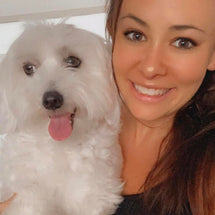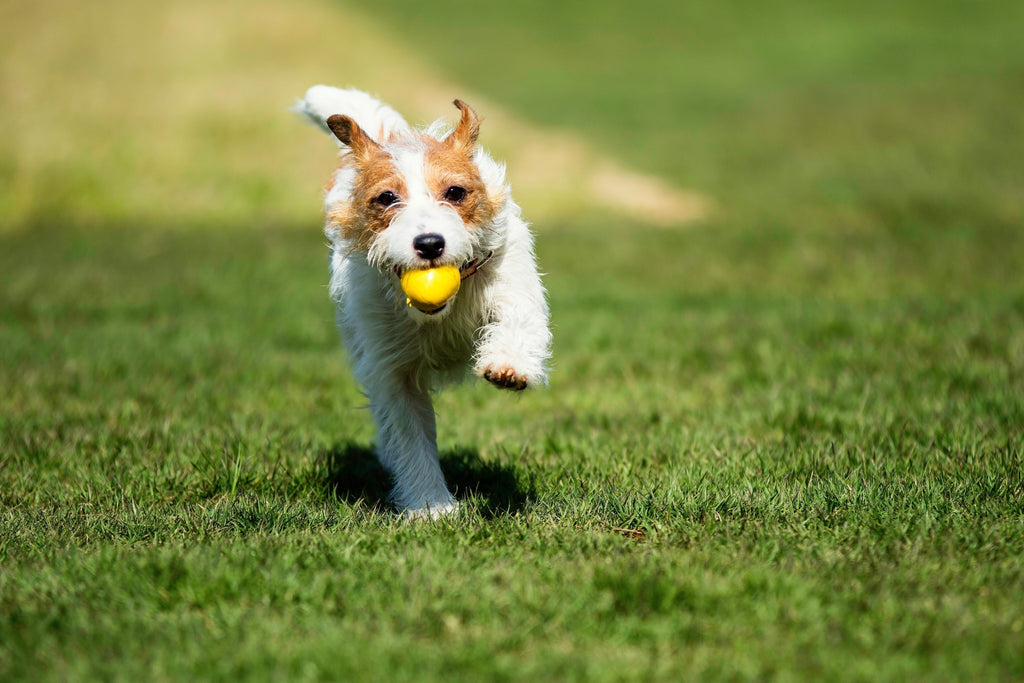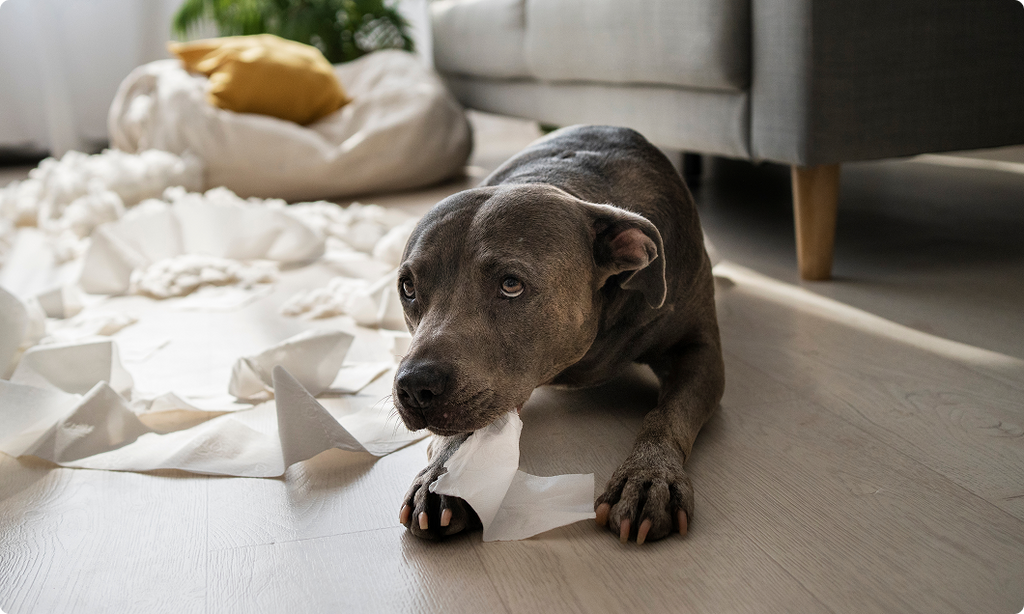Top 6 Food Myths Every Dog Owner Should Know

As loving dog parents, we want nothing but the best for them. However, navigating the world of dog nutrition can sometimes feel like deciphering a foreign language. With so much information (and misinformation) out there, it's easy to fall for popular myths about what our pups should or shouldn’t eat. Let’s bust five common food myths to help you make the best choices for your dog’s diet.

Myth 1: Dogs Thrive on High Meat Diet
High-meat diets for dogs, while seemingly appealing due to their ancestral ties to wolves, may not be ideal for their overall health. Unlike their wild counterparts, domestic dogs have evolved to thrive on a more varied diet that includes carbohydrates, fibre, and other nutrients. Excessive protein from high-meat diets can strain a dog's kidneys and liver and has even been shown to increase certain types of aggression. Additionally, these diets often lack essential vitamins and minerals found in a balanced, diversified meal plan. Over time, this imbalance may lead to deficiencies or digestive issues, emphasizing the importance of feeding dogs a diet tailored to their unique needs rather than one focused excessively on meat. High-quality dog food typically includes a mix of protein, carbohydrates, and fats to meet their nutritional needs.
Fact: A varied diet supports overall health and reduces the risk of nutrient deficiencies.

Myth 2: Grains Are Bad for Dogs
Grain-free diets have become a popular trend in recent years, but the truth is that most dogs can digest grains just fine. In fact, grains like brown rice, oats, and rye are excellent sources of energy and nutrients such as B vitamins and fibre. Unless your dog has a specific grain allergy, which is rare, there’s no need to avoid them.
Fact: Grains can be a valuable part of a well-rounded diet and are not inherently harmful. That being said, look for a brand that still has protein as the first ingredient!

Myth 3: Table Scraps Are Always Bad
We've all heard that feeding dogs human food is a big no-no, but this isn’t entirely true. While certain foods like chocolate, onions, and grapes are toxic to dogs, and fatty foods can lead to obesity or pancreatitis, others, such as plain cooked chicken, carrots, and green beans, can be safe and even healthy when given in moderation. The key is knowing which foods are safe and avoiding overfeeding, which can lead to obesity. Studies have even shown that feeding puppies table scraps between 6-18 months can reduce gastrointestinal disorders later in life!
Fact: Some "people food" can be a nutritious addition to your dog’s diet when offered responsibly. Vegetables are a great example to feed your dogs - dogs that consumed dark leafy greens, along with yellow and orange vegetables, at least three times a week have been shown to have a 90% reduction in certain cancers.

Myth 4: Dogs Need Supplements if They Eat Commercial Food
High-quality commercial dog foods are formulated to meet all of your dog’s nutritional requirements. Adding supplements without veterinary guidance can sometimes do more harm than good. For instance, too much calcium can lead to bone issues, while excessive vitamin D can be toxic.
Fact: If your dog is eating a balanced diet, additional supplements are usually unnecessary unless prescribed by a vet.

Myth 5: Home Cooked Raw Diets Are the Best
Home Cooked Raw diets have gained popularity for their perceived "natural" benefits, but they aren’t always the best choice for every dog or owner. Raw food can pose risks, including bacterial contamination (like Salmonella or E. coli) and unbalanced nutrition if not carefully planned. While some dogs may thrive on a raw diet, others may benefit more from cooked options or professionally balanced BARF dog meals.
Fact: The "best" diet depends on your dog’s individual needs, lifestyle, and your ability to prepare meals safely and appropriately.
Myth 6: Meat Is More Nutritious Than Meat Meal
When comparing ingredient lists, you might wonder whether to choose the one with meat or meat meal listed first. If your goal is to maximise your dog's intake of meat nutrients, meat meal is the better choice. This is because ingredients are listed in descending order of weight, which includes any water content present in the ingredient.
For example, when you see "chicken" listed, it refers to unprocessed chicken, including water, which adds weight to the ingredient. In contrast, "chicken meal" is chicken with the water and fat removed, resulting in a denser, more concentrated form of protein. While chicken meal weighs less than whole chicken, it can actually contain a higher percentage of protein, making it a better choice for nutrition.
However, it's important to note that not all meat meals are created equal. The quality can vary significantly, so it's essential to ensure that the meat meal is sourced from a reputable supplier, ideally a trusted Aussie source, to guarantee its safety, nutritional value, and ethical sourcing. Always prioritise high-quality ingredients to provide your dog with the best nutrition possible.

Bonus Myth: Garlic Is Always Toxic to Dogs
Garlic often appears on lists of foods to avoid for dogs, and for good reason: in large quantities, garlic can damage a dog’s red blood cells, potentially leading to anaemia. However, small amounts of garlic, when properly prepared and given in moderation, can have health benefits such as boosting the immune system and repelling fleas. The key is to consult your veterinarian before introducing garlic into your dog’s diet to ensure it’s appropriate and safe.
Fact: Garlic can be harmful in large doses, but small, controlled amounts may offer health benefits when used responsibly.
When it comes to your dog’s diet, one size does not fit all. Consulting your veterinarian is the best way to determine what’s right for your pup. Armed with accurate information, you can avoid common myths and focus on what truly matters: providing your dog with a healthy, happy life.






